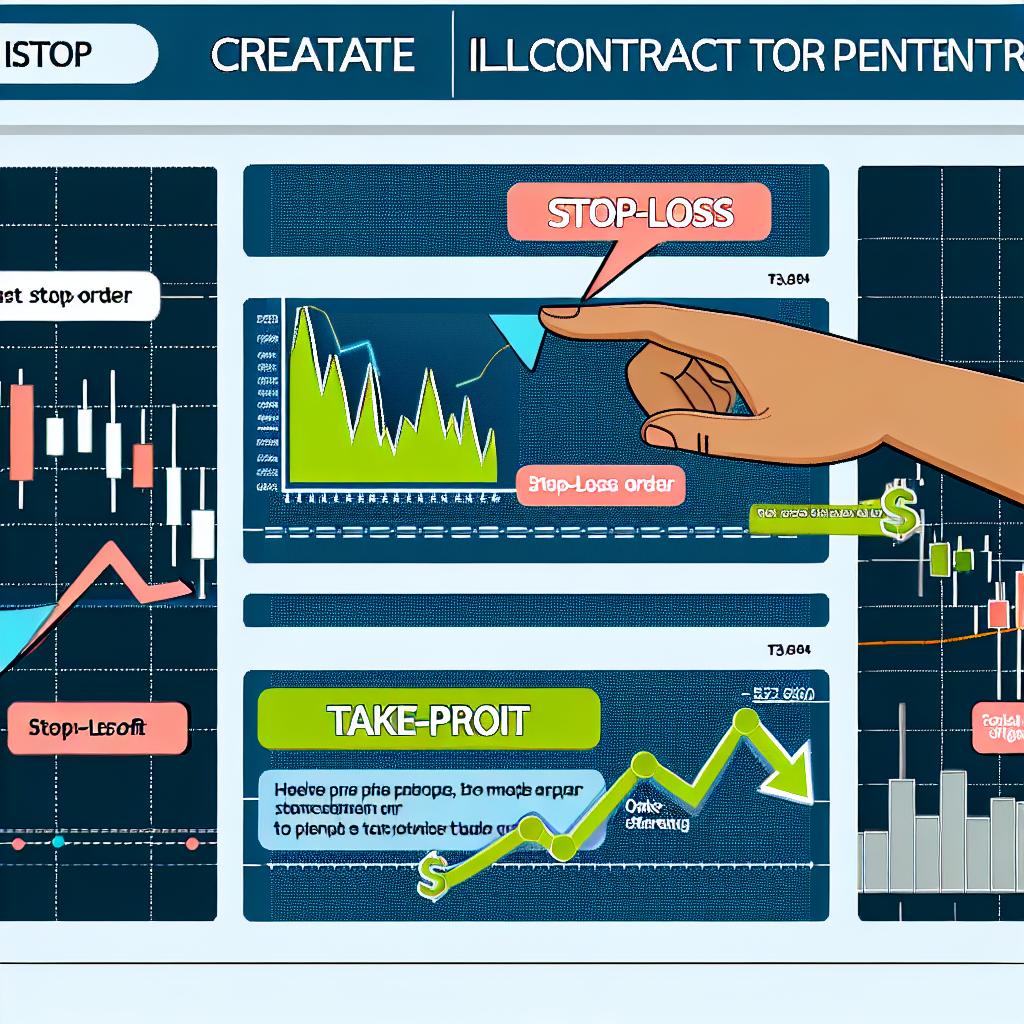
Contracts for Difference (CFD) trading is a popular financial instrument that allows traders to speculate on the price movements of various markets. In CFD trading, using stop-loss and take-profit orders can be crucial tools for managing risk and ensuring profitability. This article provides a detailed overview of these orders and how they can be utilized effectively.
A stop-loss order is a risk management tool used by traders to limit potential losses on a trade. When a stop-loss order is placed, it automatically closes a trade when the market reaches a predetermined price level that is less favorable than the current market price. This order is designed to prevent further losses if the market moves against the trader’s position.
Using stop-loss orders brings several benefits. Firstly, they provide peace of mind by ensuring that losses are contained within acceptable limits without needing continuous monitoring of market conditions. Additionally, stop-loss orders help traders stick to their trading strategies without making impulsive decisions driven by market volatility.
With stop-loss orders, traders can better predict their potential losses, allowing for more comprehensive financial planning. This predictability is particularly beneficial for traders who manage multiple positions simultaneously, providing a clear view of where risk exposure lies.
Markets can be unpredictable and highly volatile. In such environments, emotions can often overtake strategic decision-making, potentially leading to heavy losses. By setting a stop-loss order, traders are less likely to fall prey to emotional influences and can maintain adherence to their predetermined trading strategies.
A take-profit order is used to lock in profits by automatically closing a trade when the market reaches a predetermined price level that is more favorable than the current market price. This allows traders to secure gains before the market can reverse direction.
Take-profit orders are beneficial in ensuring that traders meet their financial objectives by executing trades at their desired profit levels. They help avoid the psychological trap of trying to maximize profits endlessly, which can sometimes lead to losses if the market turns unexpectedly.
Take-profit orders aid traders in establishing and maintaining financial goals. By determining a specific profit target, they can create structured and realistic trading plans. Such orders lead to disciplined trading, as traders are not endlessly chasing higher returns, which may involve unrealized risks.
Take-profit orders provide a degree of automation by executing trades without manual intervention. This efficiency means traders are not required to be continuously available to close trades manually, which can be particularly advantageous for those who have to manage several trades across different time zones.
To set up stop-loss and take-profit orders, traders first need to determine their entry points and exit levels based on market analysis and their risk appetite. Most trading platforms offer features to easily set these orders. Traders can enter the desired price levels in the order section, ensuring they align with their trading strategy.
Defining precise entry and exit points is fundamental. Traders often use technical analysis, which includes studying chart patterns and indicators, to make informed decisions. Once these points are defined, stop-loss and take-profit orders should be set accordingly to maximize the potential for favorable outcomes.
Using stop-loss and take-profit orders effectively is a vital part of risk management strategy in CFD trading. Traders should regularly review and adjust these levels to reflect changes in market conditions and their trading goals. A well-thought-out strategy helps in maximizing profits while minimizing risks.
Market conditions are not static, and neither should trading strategies be. Regular evaluation and adjustment of stop-loss and take-profit levels are necessary to maintain alignment with the market’s movement and the trader’s financial objectives. Such adjustments can optimize the balance between potential profits and risk exposure.
One effective strategy is to employ a risk-reward ratio, which is the ratio of potential profit to potential loss on a trade. A common practice is utilizing a 1:2 ratio, where the expected profit is double the acceptable loss. This strategy helps in deciding where to place stop-loss and take-profit orders to maintain strategic consistency.
In conclusion, stop-loss and take-profit orders are essential tools in a CFD trader’s toolkit. By understanding and effectively utilizing these orders, traders can enhance their trading performance and better manage their financial risk. Implementing these orders as part of a strategic plan ensures that traders not only protect themselves from unforeseen market downturns but also capitalize on opportunities to secure gains effectively. Adherence to a structured trading plan, with regular reviews and adjustments, can greatly contribute to a trader’s long-term success in CFDs.
This article was last updated on: April 14, 2025